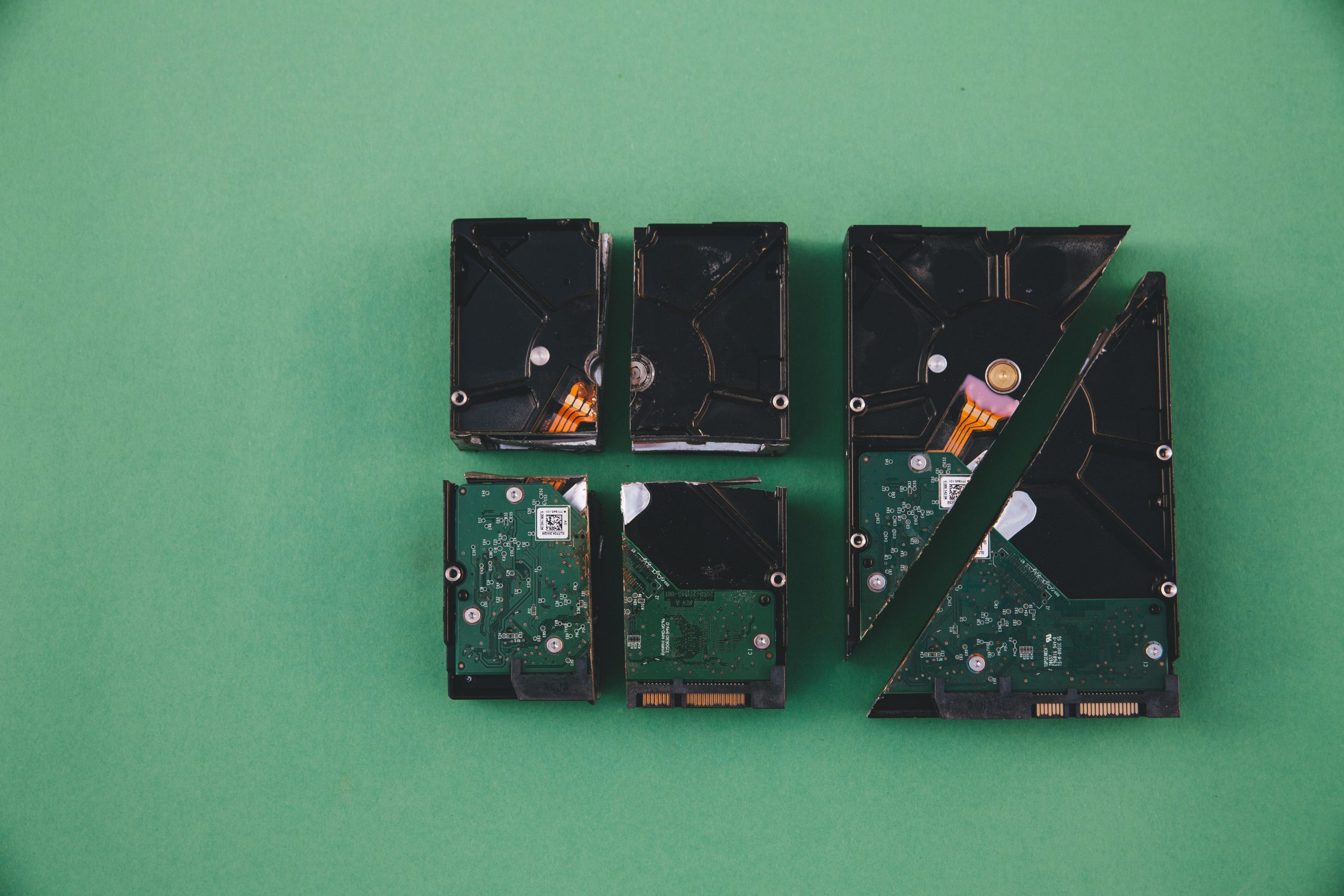Optimizing Your PC Storage: How to Properly Transition from HDD to SSD for Improved Performance
Many PC enthusiasts and users often encounter storage configuration challenges that impact system performance and experience. A common scenario involves installing Windows on a traditional HDD instead of a faster SSD, leading to slower system responsiveness despite investing in higher-quality hardware. If you’re in a similar situation and considering migrating your Windows installation to a new SSD, this guide provides essential insights and step-by-step recommendations to help you execute the upgrade smoothly and efficiently.
Understanding the Importance of Proper SSD Installation
Applying an SSD can significantly enhance your system’s speed and responsiveness. However, ensuring Windows is correctly installed on the SSD is crucial for maximizing these benefits. Installing Windows on the HDD while the SSD remains underutilized can result in continued sluggishness, defeating the purpose of the upgrade.
Recommended Procedure for Transitioning to a New SSD
-
Preparation Phase:
-
Backup Important Data:
Although your current setup primarily includes games and personal projects, it’s always prudent to back up important files before any hardware or system changes. Use an external drive or cloud storage to safeguard your data.
-
Obtain Necessary Tools:
You will need your new SSD, appropriate mounting tools, a blank USB drive (at least 8GB), and a Windows installation media (USB or DVD). Ensure your motherboard supports SSD installation and that you have the latest BIOS updates if necessary.
-
Installing the New SSD:
-
Power Down and Open Your PC:
Turn off your system, unplug it from power, and open the case following your manufacturer’s guidelines.
-
Install the SSD:
Mount the new SSD securely, connect the SATA data and power cables, and close the case.
-
Installing Windows on the New SSD:
-
Prepare Bootable Windows Installation Media:
Download the Windows Media Creation Tool from Microsoft’s official website and create a bootable USB drive.
-
Boot from the Installation Media:
Power on your computer and access the BIOS/UEFI settings (commonly by pressing DEL, F2, or F12 during startup). Set the USB drive as the primary boot device.
-
Install Windows:
Follow the on-screen prompts to delete any existing partitions on the new SSD (if applicable), format it, and proceed with the Windows installation. This clean installation ensures optimal performance and stability.
-
Handling Your Old HDD:
-
Data Preservation or Reformatting:
Since your personal files are mostly games and non-essential data
Share this content:



